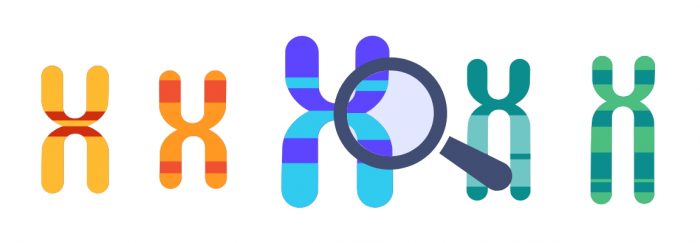The hemostatic system is the body’s mechanism to prevent excessive blood loss in the face of tissue and vascular damage, as well as to restore circulation after an injury. According to current studies, blood coagulation is the simultaneous process of four components that act in a focused, amplified and modulated manner. These components include vascular, platelet, coagulation and fibrinolytic.
When vascular injury occurs, there is a decrease in blood flow to the injured area, and the coagulation cascade is activated involving platelet activation, adhesion and aggregation, and the deposition of adhesion fibers in order to form a plug to prevent excessive blood loss. This is followed by the synthesis and activation of plasmin, a protein responsible for degrading the excess fibrin deposited in order to reestablish blood flow and prevent thrombus formation.
This whole process must be finely modeled and progressive, since a dysregulation of these components would increase the risk of bleeding or thrombosis. This imbalance may be due to several factors, including genetics.

The role of genetics in blood coagulation
Does thrombosis have a genetic basis? Yes, genetics are found throughout the body, and we have blood and genetics together. Thrombophilias are pathologies that increase this risk and are, in part, genetically influenced, predisposing the individual to blood coagulation.
One of the most common vascular accidents associated with coagulation is deep vein thrombosis. It is characterized by the formation of a clot or thrombus in a deep vein, usually in the lower extremities. These clots can even travel long distances and deposit in organs such as the lungs, causing a pulmonary embolism.
Thromboses are multifactorial diseases influenced by genetic factors. Among these most important genetic factors are the following:
Factor V Leiden
This is the name given to a pathogenic variant of the human coagulation factor V that can be easily analyzed through a simple DNA test. Its presence increases the likelihood of developing unexpected blood clots, usually in the legs or lungs.
Both sexes can develop such a phenotype in case they are carriers of this mutation, however, women are more prone to develop these blood clots, especially during pregnancy or when taking hormonal estrogens.
Prothrombin 20210G-A
The 20210G-A variant of the prothrombin gene is another important genetic factor when studying genetic predisposition to thrombosis. Prothrombin is a protein directly involved in coagulation, promoting the presence of the clot through thrombin synthesis. A single nucleotide mutation in one or both genes of this component can cause uncontrolled blood clot formation and increase the risk of thromboembolism and venous bleeding.
The analysis of these genetic factors, along with others that also influence the risk of thrombosis, is included in tellmeGen’s Advanced DNA kit, where you can find out if you are a carrier of any of the pathogenic variants described above, as well as your predisposition to suffer deep vein thrombosis.
Other factors in blood coagulation
As mentioned above, thromboses are multifactorial conditions in which non-genetic factors are also involved. Some of these factors that may also increase the risk are:
- Sedentary lifestyle
- Obesity or overweight
- Fractures in the legs or pelvis leading to decreased mobility
- Recent surgery
- Pregnancy and childbirth within the last 6 months
- Smoking
- Presence of other pathologies such as polycythemia vera or some types of cancer
- Taking certain medications such as oral contraceptives
- Family history
Prevention and genetic predisposition to thrombosis
Knowing whether we have a genetic predisposition to thrombosis can help us to take measures that can prevent, to a large extent, the onset of the disease.
The prevention of thrombotic events involves the control of risk factors that allow it. For example, increasing physical activity, wearing compression stockings, leading a healthy lifestyle and diet, or taking anticoagulant drugs are the most effective measures available.
Knowing this information through the tellmeGen DNA test will allow you to make the necessary changes based on the results of these genetic factors related to blood coagulation.
Bibliography
Páramo Fernández, J. A. (2012). Hemostatic system: pathophysiology and clinical and diagnostic approach. Medicine, 11(22), 1327–1336. https://doi.org/10.1016/s0304-5412(12)70459-6



